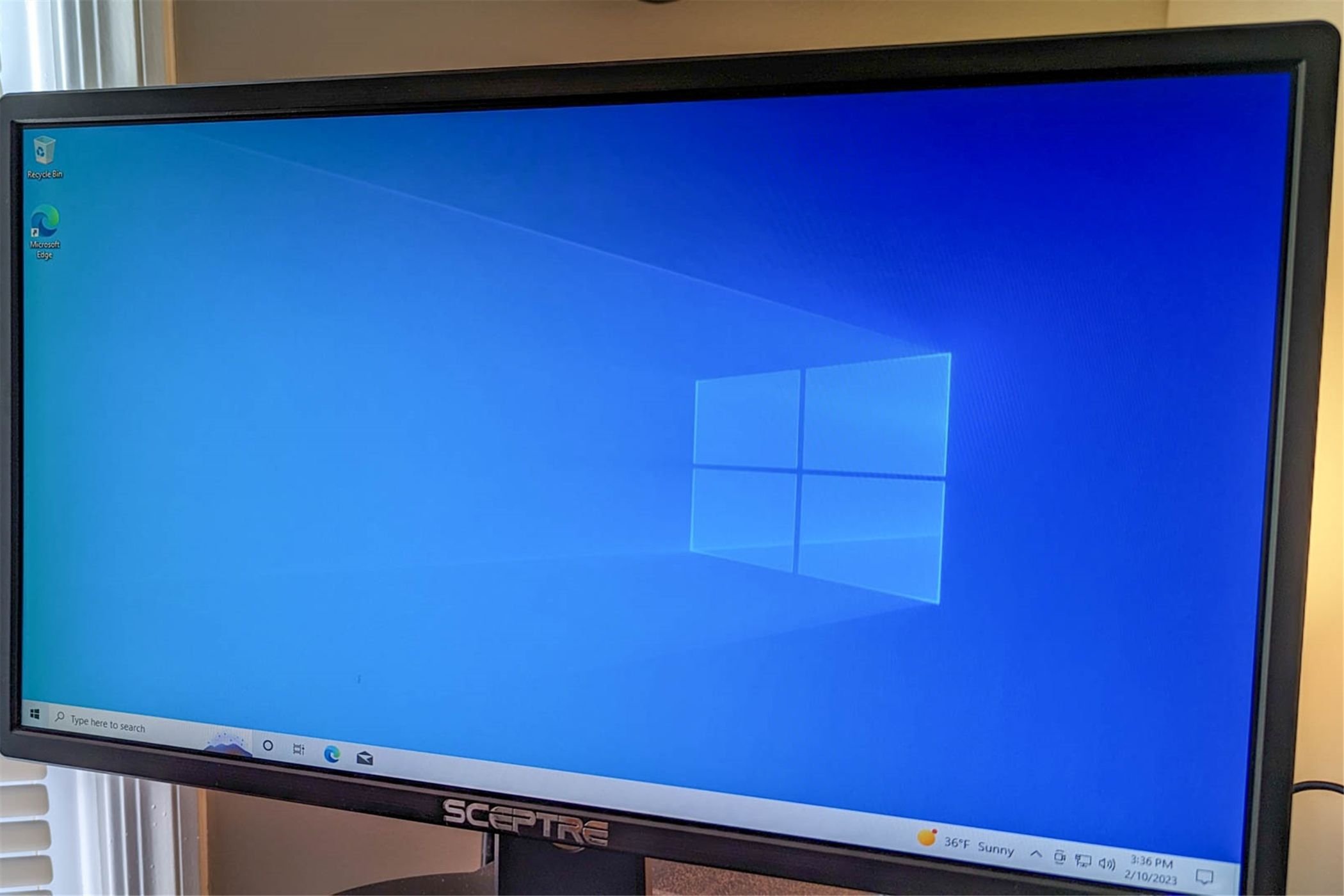
In an effort to streamline operations for its older operating system, Microsoft has announced a significant update for Windows 10, aiming to decrease the size of its update downloads. This move mirrors an optimization strategy already implemented in Windows 11, Microsoft’s current flagship OS, and marks a significant development for the tech giant’s software updating process.
The upcoming change is set to debut with the April 23, 2024, update (KB5036979) for Windows 10, version 22H2. Microsoft promises a drastic reduction in update package size, dropping from an average of 830 MB to approximately 650 MB. This reduction is anticipated to facilitate a more efficient updating process, lower bandwidth consumption, and provide a smoother experience for users, especially those with slower internet connections.
Windows 10, which was originally released in 2015 and heralded at the time as the “last version of Windows,” is scheduled to see the end of mainstream support in October 2025. Over the past few years, Microsoft has limited its updates for Windows 10 to primarily bug fixes and minor application updates. However, this announcement of reduced update size is a clear deviation from this trend, introducing a more substantial under-the-hood enhancement aimed at optimizing the operating system’s performance and user experience.
The optimization technique being applied to the Windows 10 update process involves the elimination of reverse differentials from cumulative update packages, a method that has already seen successful application in Windows 11 updates. This streamlined approach ensures that only the necessary components are downloaded and installed during an update, minimizing the overall data transfer and storage space required.
Microsoft’s decision to retrofit Windows 10 with this enhanced updating process addresses several critical aspects of software maintenance. For users, particularly those with limited internet bandwidth or those operating lower-specification hardware that might not support Windows 11, the benefits include quicker download times and less strain on system resources during the update process. Given that many Windows 10 users may be on devices not compatible with Windows 11, every megabyte saved is crucial for maintaining system performance and reliability.
Aside from this significant upgrade, Microsoft has kept Windows 10 largely on a maintenance footing, with the focus of development and new features primarily directed towards Windows 11. Recent rollouts, such as the introduction of the Copilot sidebar, represent rare exceptions to this approach. With Microsoft’s clear intent to move forward with Windows 11 as its primary operating system offering, modifications to Windows 10 are anticipated to be more about refinement than revolution.
As Windows 10 approaches the end of its lifecycle, with support winding down in the next couple of years, Microsoft seems committed to ensuring that its user base continues to have a robust and efficient operating system. The reduction in update package size is poised to be a welcome improvement for the many users and organizations that continue to rely on Windows 10, underscoring Microsoft’s commitment to supporting its products throughout their lifecycle.
This latest update is already generating interest among the Windows 10 user community, with many looking forward to reaping the benefits of more manageable updates. For those interested, Microsoft provides detailed information on the changes and the specific benefits of the reduced update package size on its official community and support websites.
Source






